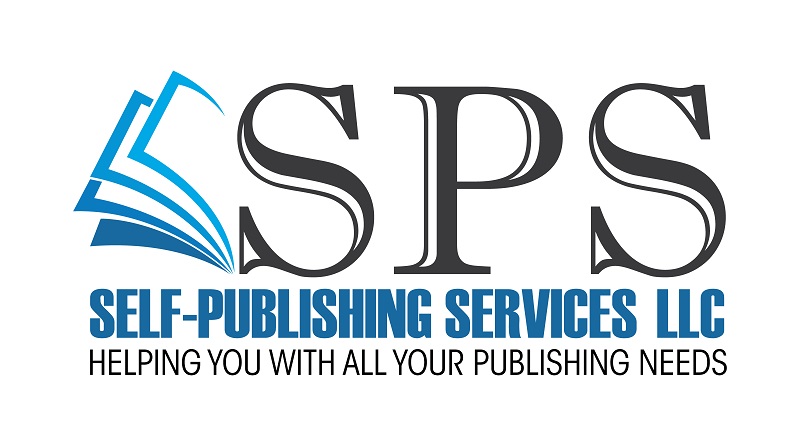Plotting Using the Goal, Motivation, Conflict Method (GMC Method)
When in the throes of world and story building you will often come to crossroads and find that no answer comes easily. If A happens to your character than your plan for B and C will fall apart, but if you play up B and C then you have to rebuild point A and so on and so on.
You then find yourself staring up at the ceiling as you try to go to sleep and yet all you find yourself doing is contemplating the why and how (in the H. E. Double hockey sticks) you became an author.
We’ve all been there.
Next, comes thoughts of what to do…And then the blank stare…Then the terror returns and you realize that you have no idea what you are doing. Then comes the self-flagellation and denigration that comes with impostor syndrome. Last, the question: Why am I even writing this freaking thing? Who do I think I am?
Sound familiar?
We may be mind readers or some kind of mentalists, but only in our own warped fantasies. Rather, we are writers too. I have published over twenty novels and a vast variety of other projects. Why is that important? Because I know and can relate to exactly what you are feeling when you write a book. Regardless of the genre, word count, voice, style, or a million other things, we are the same. We sometimes find ourselves at coffee shops listening in on strangers’ conversations and then stuffing earbuds in when we actually need to get work done. See? I told you we may be twins.
Now, back to the self-flagellation, in order to decrease the incidents (because you can never entirely stop feeling like you’re missing a step) one of the greatest tools I have found is plotting.
I covered the Hero’s Journey plotting method in an earlier blog, but I have to admit that the Goal, Motivation, Conflict Method is the one I use. It has helped me through almost every book I have published.
The intrinsic idea of goal, motivation, conflict as a tool for outline is nearly timeless, but the person who teaches it and says it best is Debra Dixon and her book, Goal, Motivation, Conflict. It is a definite MUST READ.
Basically, (and I mean basic) is that for the book there must first be a central goal (and the same can be said if it is a series). Example? Shrek must save Princess Fiona.
Now, after we have a goal for the book, we must have a motivation. This is two-fold, but read the book if you want to get deeper into the external and internal factors (seriously, read the book). The motivation in Shrek is that he has to get his swamp back (external motivation). Why? Because he’s an ogre, and he likes to be alone (Internal motivation). (See that hint at a potential character arc there thanks to his internal motivation? Now you are hopefully getting an idea of why and how this method works.)
Third, you must have a conflict that threads throughout the entire book. Conflict is a tangible thing and is often confused with tension (intangible and comes through body cues and elicitation factors). Example: Shrek wants his swamp back, but must kill the dragon (fails), rescue the princess (kinda fails), and then return her to her kingdom so she can get married (succeeds, but realizes he is no longer the ogre he started out as. And while he has succeeded, he has also failed—ah, the tension there).
Seems easy, right? Eh…Now, I want you to take that overarching GMC and break it down into chapters that build the story and make your characters’ arcs and goals be fulfilled (preferably in tandem with each other). In addition to each chapter being broken into GMCs, you need to do it for every scene you write. That means if you have a scene break in which you shift point of views, you better be prepared to build a strong GMC in this scene.
If I haven’t overwhelmed or scared you off at this point, and you think you’ve got this theory down, I have built an easy-to-use book outline template that you are welcome to download!
THIS IS LITERALLY THE TEMPLATE I USE TO WRITE MY NOVELS.
I am actually cringing a bit to share it, but I can’t keep this a secret from other authors…This template is a lifesaver!
In addition to the plotting tool, let’s back up and talk about the beating you will still try to inflict upon yourself (because you know the self-doubt will still rear its ugly little pimply head from time to time). I have a couple extra tricks. I hope these can help you rest a little easier:
1.) You can’t care what other people think, you’re (at the simplest level) doing this for you and no one else.
2.) While you may not feel like the best writer, thanks to SPS you can have an incredible team behind you and therefore grow as an author.
3.) Always focus on moving forward. Recursive negative thoughts tend to disappear when you are thinking about how your story can be better and ways that you can use GMC to build your best book. It’s strange, but once you start breaking down stories like this, it has a way of infiltrating into your life. Soon you will learn to search out and establish other people’s motivations so that you can better understand their goals and what conflicts may occur because of these things.
When I say GMC is a life changer, I definitely mean it is a life changer.


